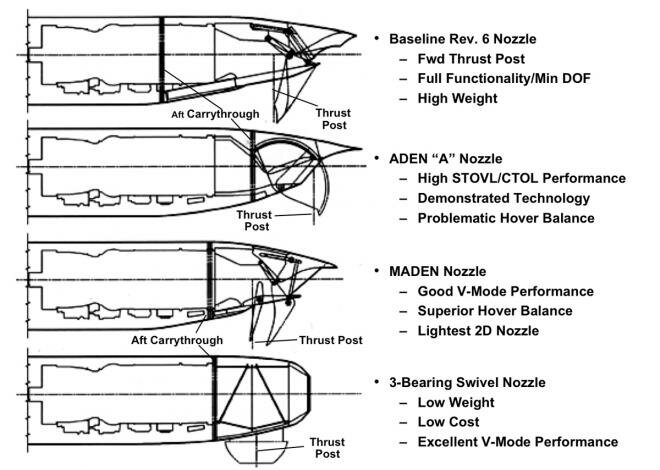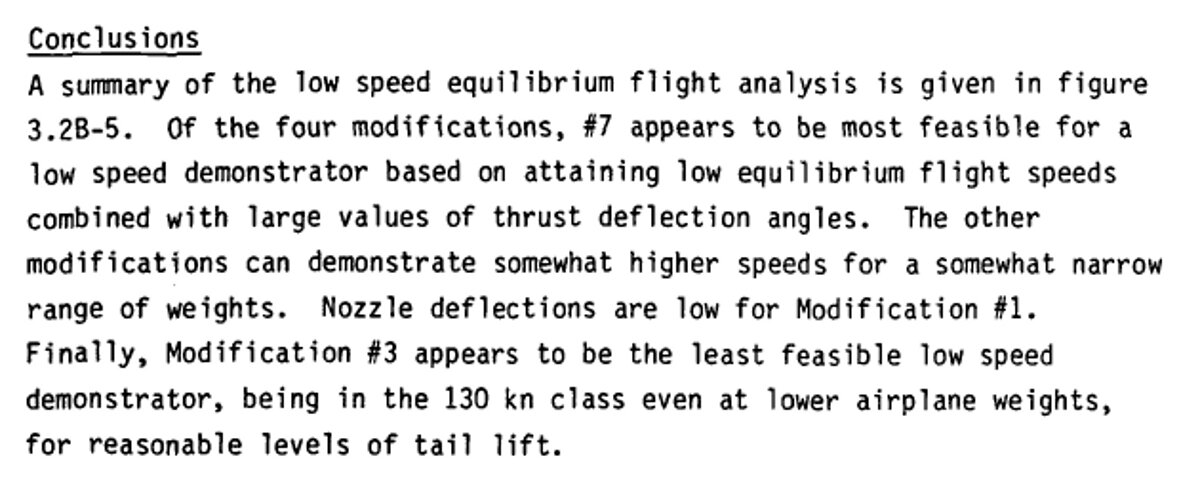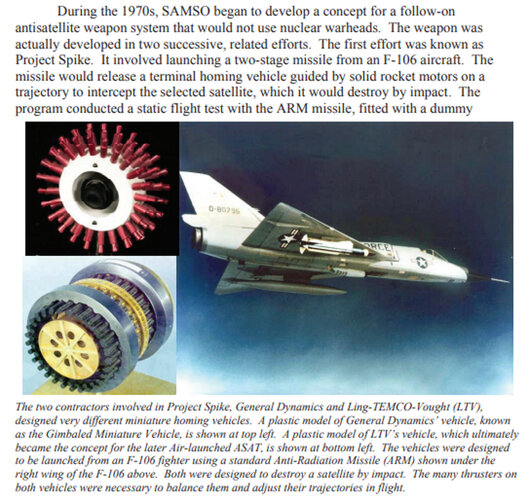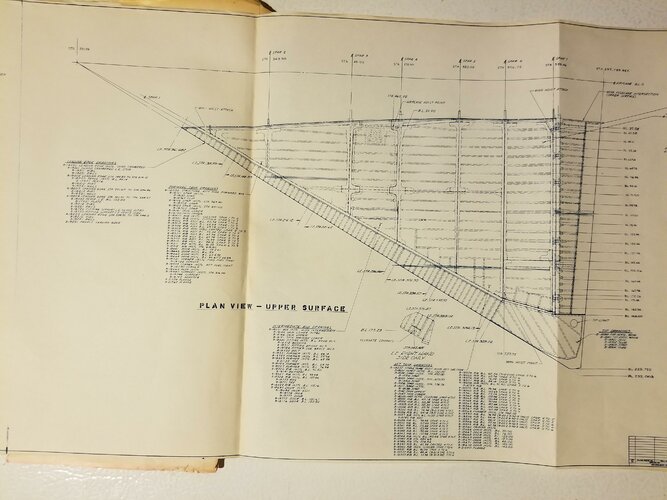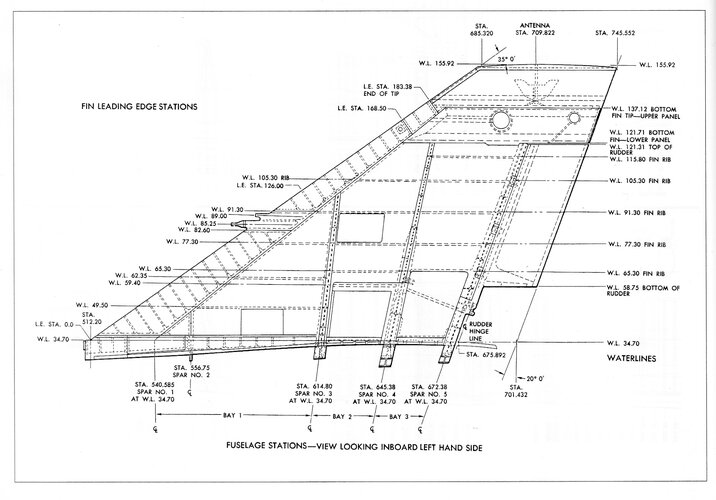BlackBat242
OK, I changed my personal text ;)
- Joined
- 10 April 2013
- Messages
- 1,451
- Reaction score
- 4,174
My numbers came from the engine sections of Jane's Aircraft (many years of volumes) and other such sources, so I wouldn't be surprised if they are a little off.
The airflow and thrust numbers you have are for the earlier F100-P-100 & -200 originally put in the F-15 & F-16 in the 1970s - the numbers I gave are for the improved higher-thrust F100-P-220 & -229 introduced in the late 1980s in those aircraft as I noted.
The airflow and thrust numbers you have are for the earlier F100-P-100 & -200 originally put in the F-15 & F-16 in the 1970s - the numbers I gave are for the improved higher-thrust F100-P-220 & -229 introduced in the late 1980s in those aircraft as I noted.











